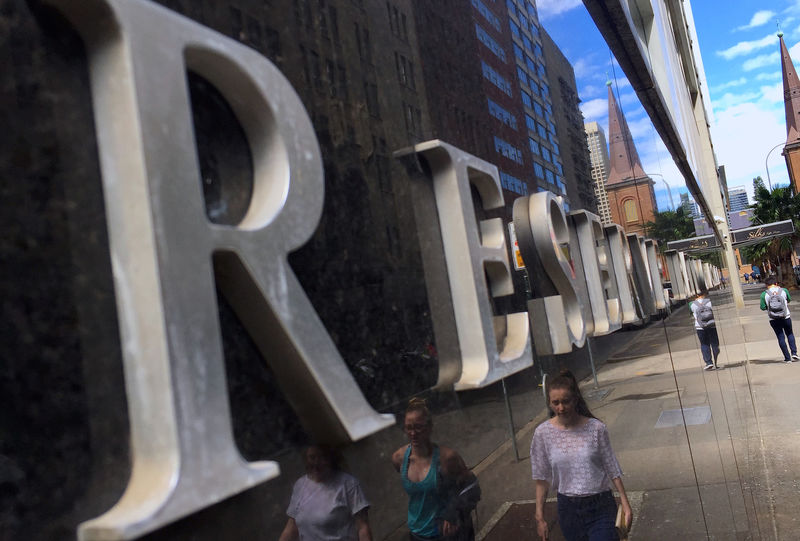60%+ returns in 2025: Here’s how AI-powered stock investing has changed the game
Investing.com-- The Reserve Bank of Australia is widely expected to leave interest rates unchanged at the conclusion of a meeting on September 30, amid recent signs of inflation turning unexpectedly sticky.
But markets will be closely watching comments from Governor Michele Bullock on any signals on future rate cuts, amid some labor market weakness and risks to economic activity.
The RBA is expected to maintain its benchmark policy rate at 3.60%, after cutting the rate by a cumulative 75 basis points so far in 2025.
Expectations for a September hold were furthered chiefly by outsized readings on consumer price index inflation for July and August, which set the stage for a strong third-quarter inflation print.
Australian unemployment remained steady despite a steady cooling in labor growth this year, while economic growth was strong in the second quarter. But the economy still faces risks from trade disruptions and sluggish global commodity demand, which the RBA has repeatedly noted.
ANZ analysts said they expect the RBA to leave rates unchanged in September, with a 25 basis point cut appearing more likely in November. They expect Bullock to maintain the RBA’s data-driven stance on future easing, but warned that recent increases in inflation could draw a more hawkish stance from the RBA governor.
ANZ’s “Big Four” peers– Commonwealth Bank, Westpac, and NAB– also expect the RBA to leave rates unchanged in September, although they have differing stances on a November cut.
NAB expects the next cut to come only in May 2026, while the other three have cautious positions on a November cut.
How will the ASX 200 react?
Australian stocks hit a series of record highs in August on cheer over lower interest rates, with the ASX 200 trading roughly 200 points away from a record before the September decision.
Lower rates stand to support bank stocks by boosting credit activity, and also support broader markets and economic growth by unlocking more domestic liquidity.
The ASX could push towards fresh records if the RBA presents a more dovish stance than markets are expecting. But the index remains vulnerable to more profit-taking if the RBA strikes a hawkish stance.
How will AUDUSD react?
The Australian dollar had firmed past the RBA’s August cut, with the AUD/USD pair– which gauges how many U.S. dollars are required to buy one Australian dollar– hitting a 11-month high in mid-September.
The pair had then lost ground in recent weeks, but still remained relatively upbeat, especially amid expectations that the RBA will leave rates unchanged in September. Improving global risk appetite and stronger commodity prices had aided the AUD.
ANZ analysts said a cautious stance from the RBA could further support the AUD, especially if the central bank signals no immediate changes to interest rates.
